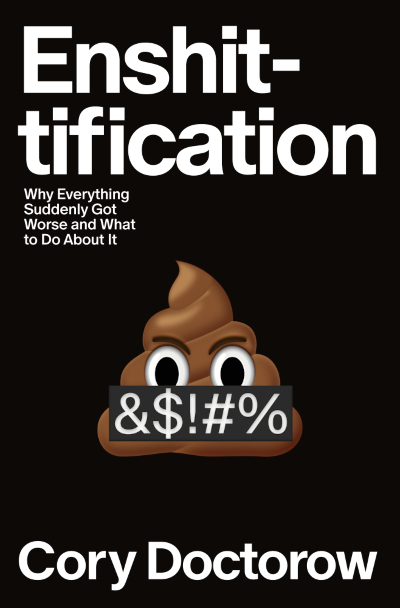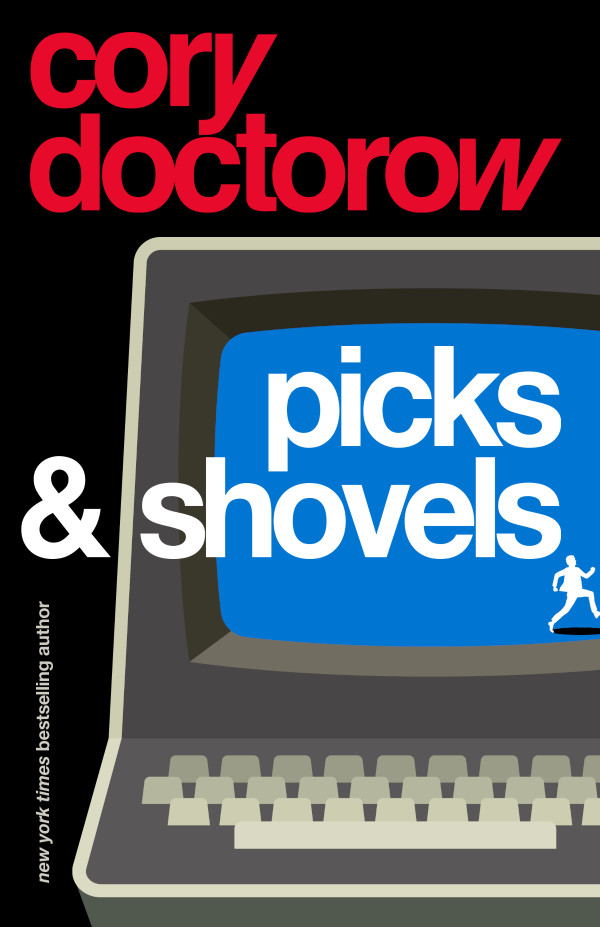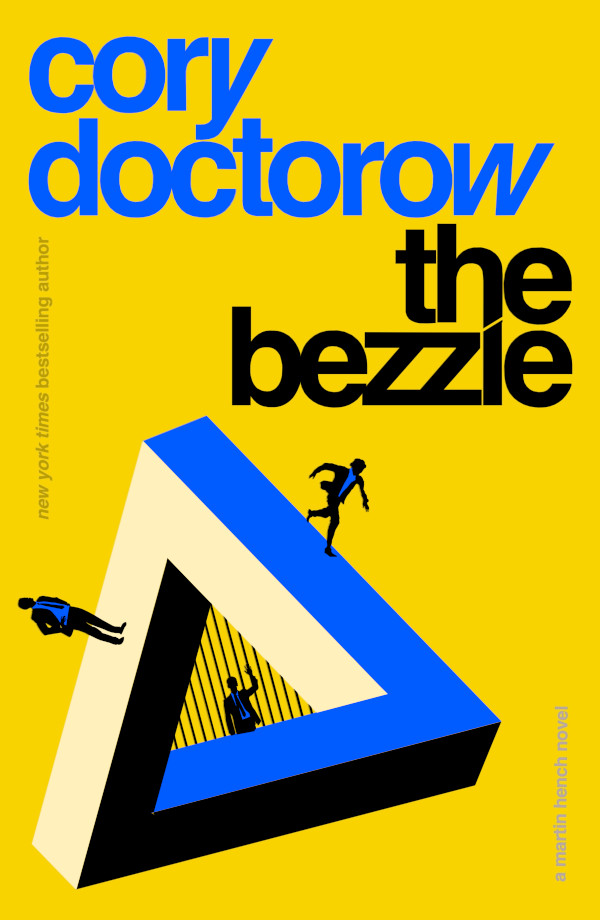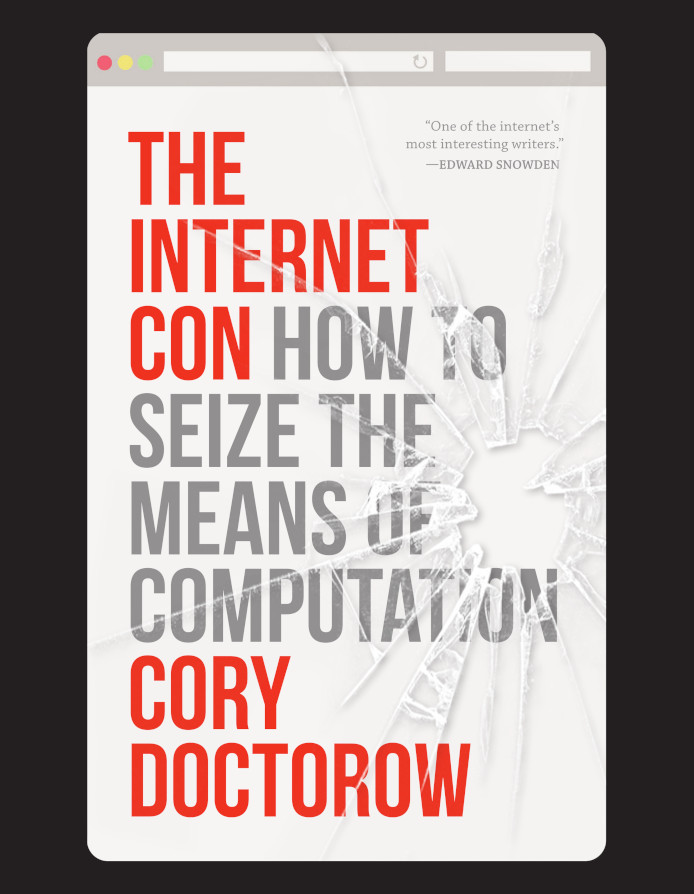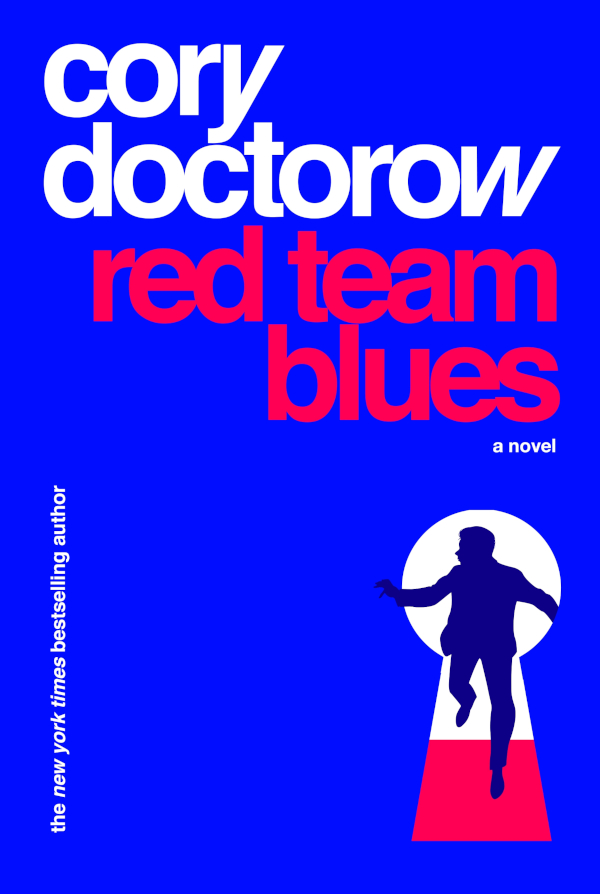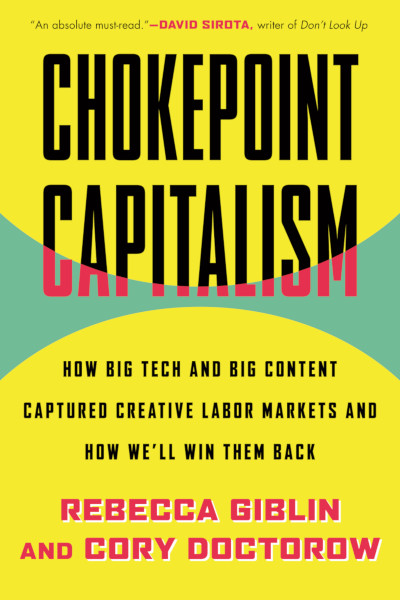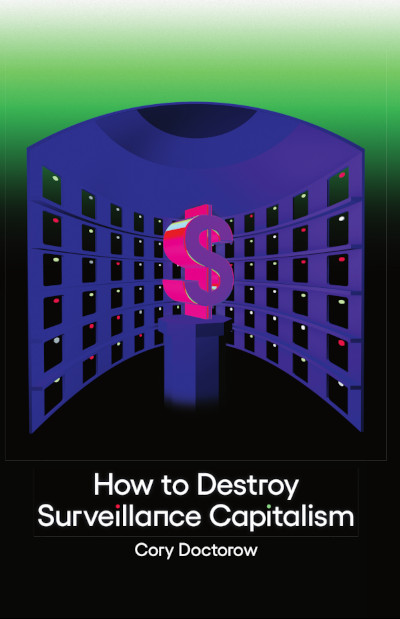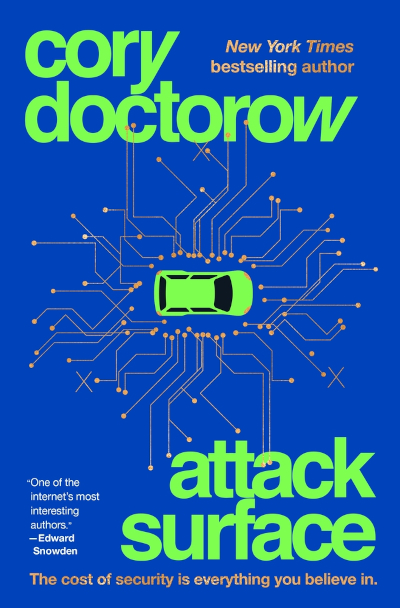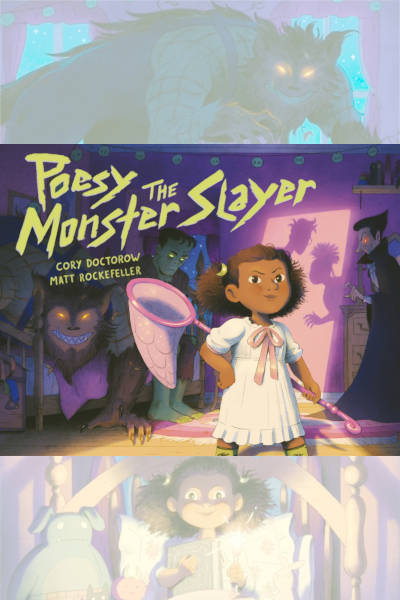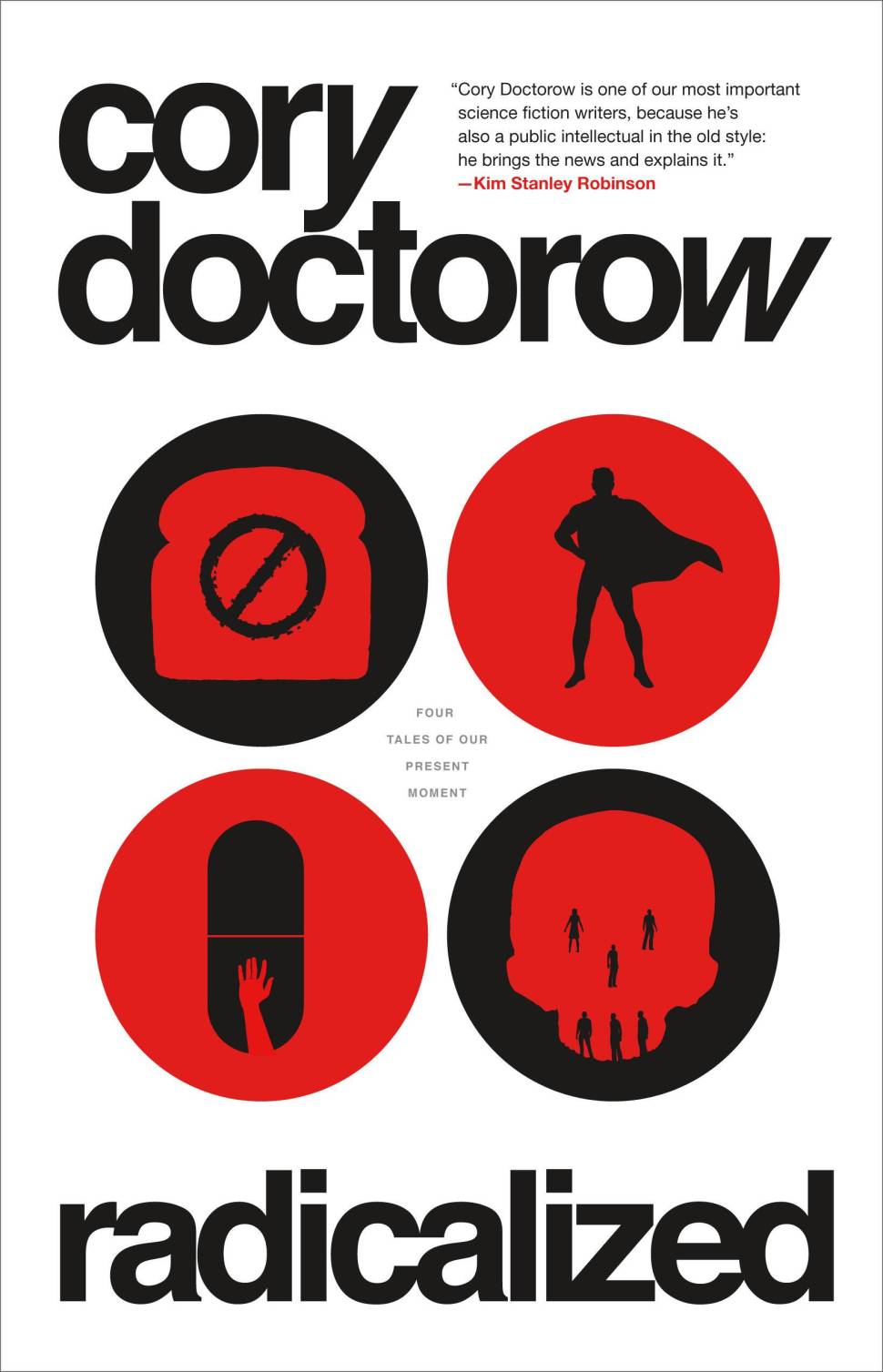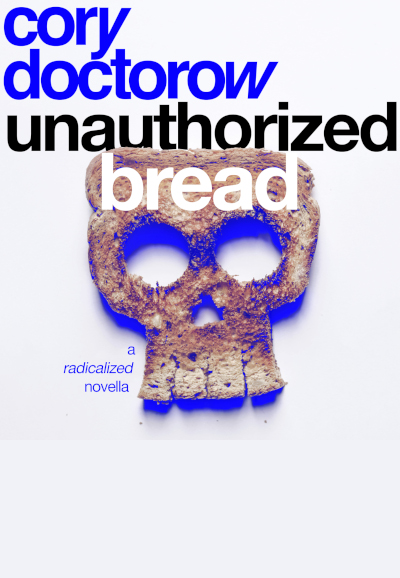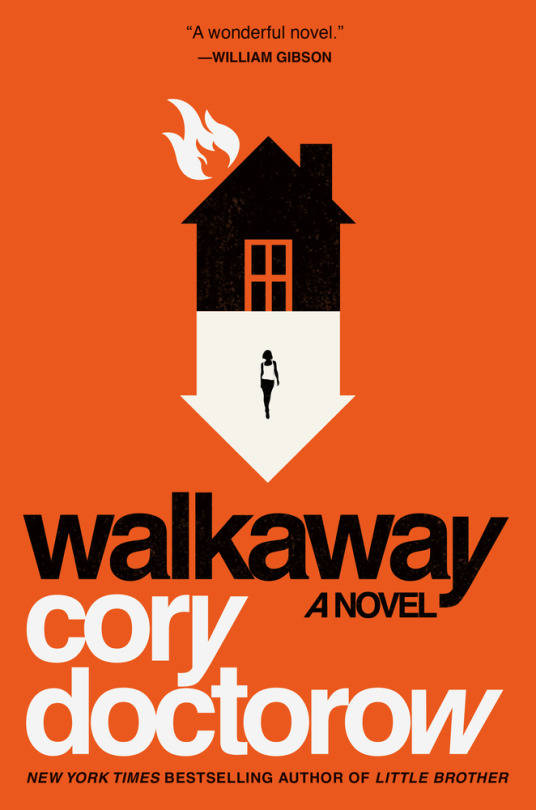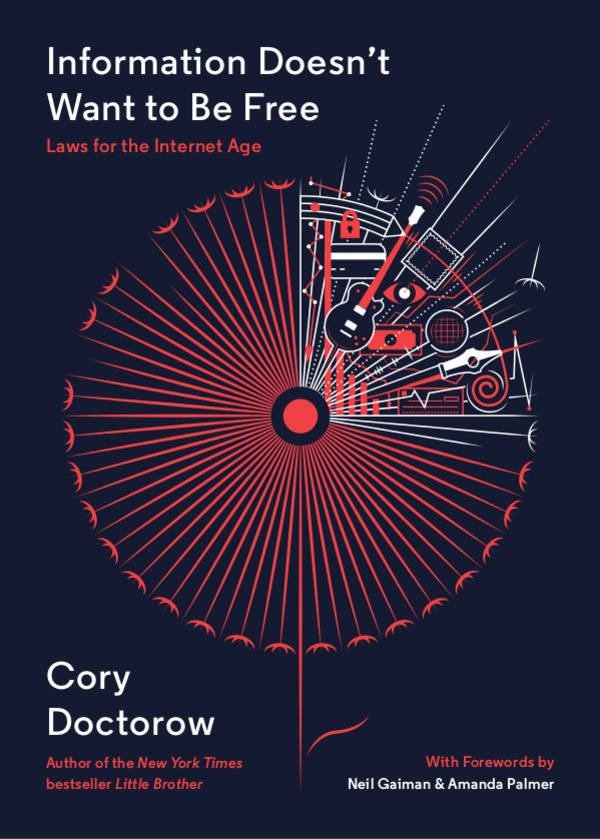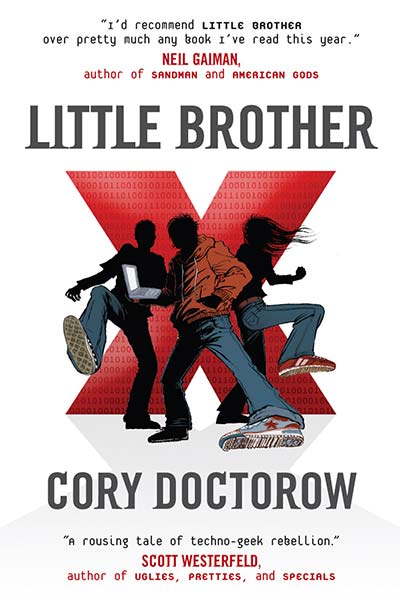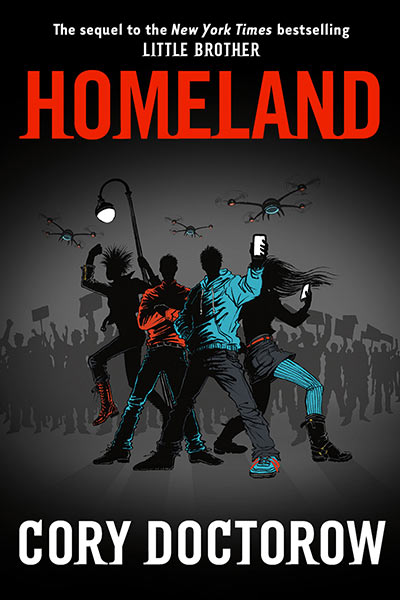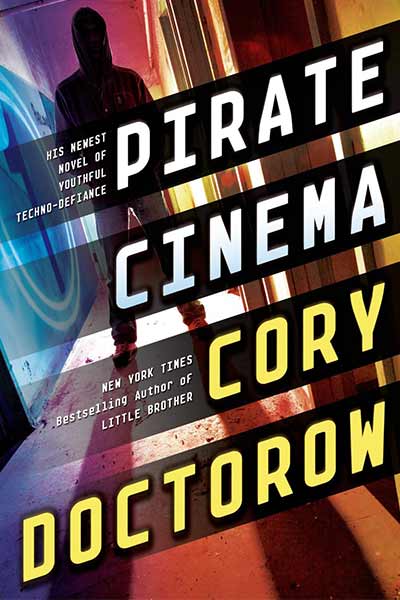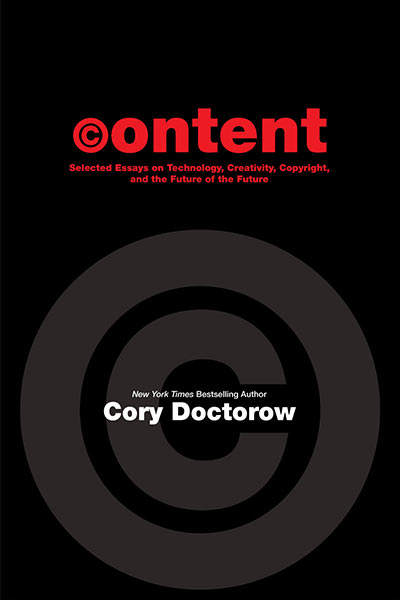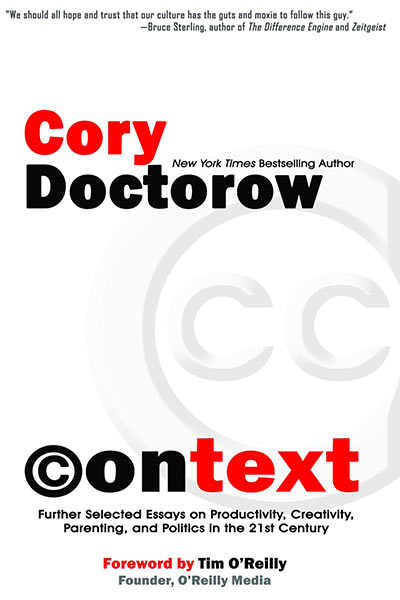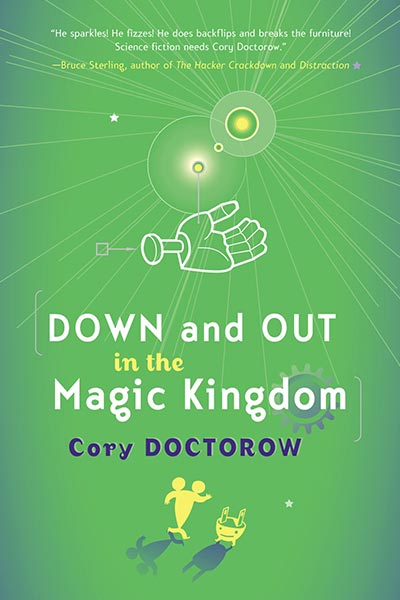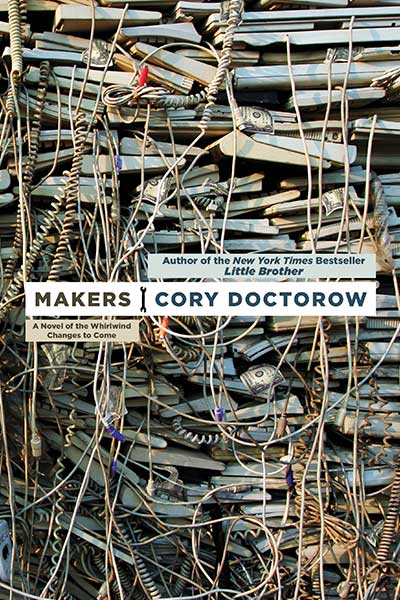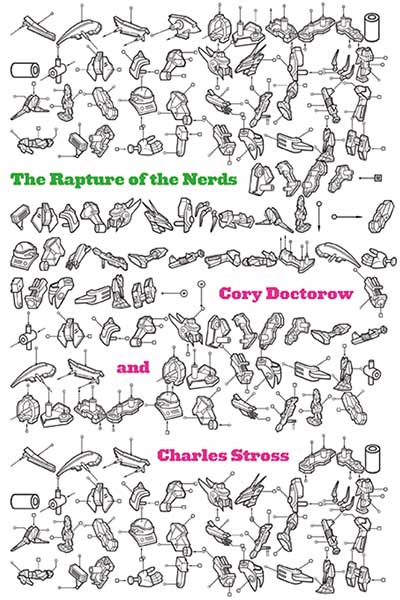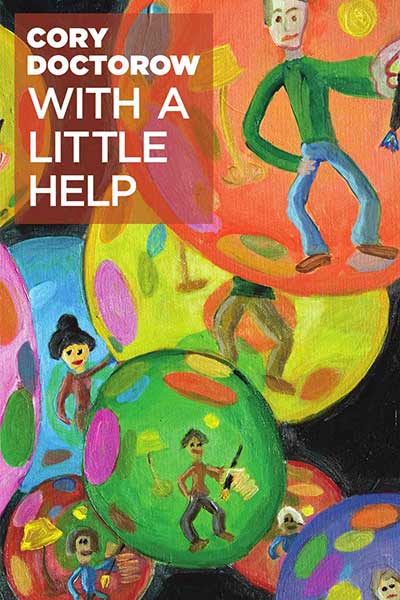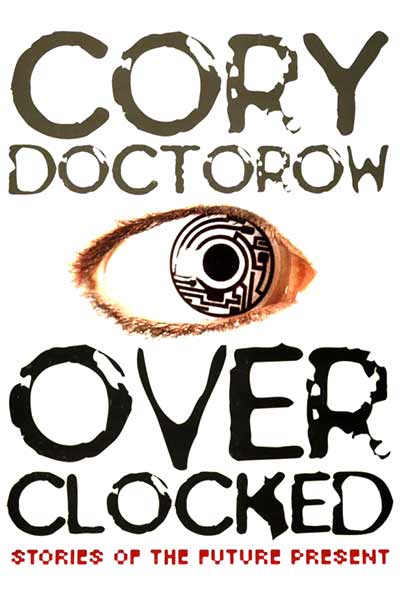Locus Magazine’s just published my latest column, “Nature’s Daredevils: Writing for Young Audiences,” written in honor of their special young adult publishing issue — in it, I examine the lessons I’ve learned in writing my first YA book, Little Brother:
Genre YA fiction has an army of promoters outside of the field: teachers, librarians, and specialist booksellers are keenly aware of the difference the right book can make to the right kid at the right time, and they spend a lot of time trying to figure out how to convince kids to try out a book. Kids are naturals for this, since they really use books as markers of their social identity, so that good books sweep through their social circles like chickenpox epidemics, infecting their language and outlook on life. That’s one of the most wonderful things about writing for younger audiences — it matters. We all read for entertainment, no matter how old we are, but kids also read to find out how the world works. They pay keen attention, they argue back. There’s a consequentiality to writing for young people that makes it immensely satisfying. You see it when you run into them in person and find out that there are kids who read your book, googled every aspect of it, figured out how to replicate the best bits, and have turned your story into a hobby. We wring our hands a lot about the greying of SF, with good reason. Just have a look around at your regional con, the one you’ve been going to since you were a teenager, and count how many teenagers are there now. And yet, young people are reading in larger numbers than they have in recent memory. Part of that is surely down to Harry Potter, but on this tour, I’ve discovered that there’s a legion of unsung heroes of the kids-lit revolution.
